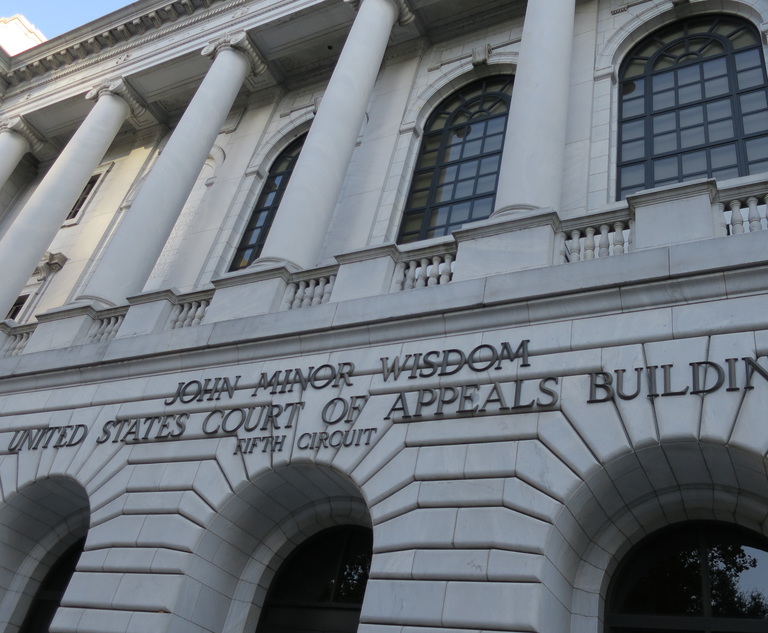In California, and in other parts of the country, when oil is produced, water is produced with it. This “produced” water is an oil and water mix that is typically also briny and brackish. It is unsuitable for drinking or other beneficial uses and so the most expedient way to dispose of it is to reinject it right back into the formation from where it came. This process has a number of benefits—it maintains pressure in the formation and can act as a form of enhanced oil recovery, it avoids off-site disposal costs, and it is regulated under the Class II Underground Injection Control Program, which is not subject to citizen enforcement under the federal Clean Water Act (CWA). A recent U.S. Court of Appeals for the Ninth Circuit decision, however, would potentially undermine that last benefit for oil and gas operators.
On Feb. 1, the Ninth Circuit upheld the Hawaii district court’s decision finding that the County of Maui (county) violated the CWA when it discharged treated effluent into underground injection wells, which then allowed the effluent to seep into the Pacific Ocean. The Ninth Circuit panel held that the wells were required to obtain a national pollutant discharge elimination system (NPDES) permit coverage because the discharge from the wells was “fairly traceable” from the discharge point (point source) to a navigable water.


 Michael Mills, Stoel Rives
Michael Mills, Stoel Rives




